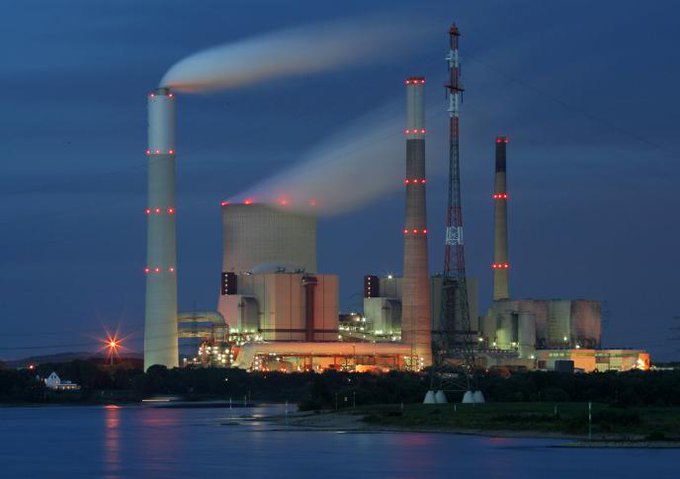
Maharashtra's aerosol pollution to enter highly vulnerable red zone in 2023: Study

Aerosol pollution in Maharashtra is likely to move into the highly vulnerable red zone in 2023 from the current vulnerable orange zone. This means there will be a drop in visibility levels and the aerosol pollution can pose a host of health problems for its citizens, said a study.
High aerosol amounts include particulate matter (PM2.5 and PM10) that is made up of sea salt, dust, sulphate, black and organic carbon. According to a release issued by Asar, an organisation working for environmental causes, if these substances are inhaled they can be harmful to people’s health, it said.
Aerosol optical depth (AOD) is the quantitative estimate of the aerosol present in the atmosphere and it can be used as a proxy measurement of PM2.5.
The AOD values
The study titled, A deep insight into state-level aerosol pollution in India, conducted by associate professor Dr Abhijit Chatterjee and PhD scholar Monami Dutta from Bose Institute, Kolkata, provides an insight into aerosol pollution with the long-term (2005-2019) trend, source apportionment and future scenario (2023) for various states.
Also read: IITM conducts study to understand role of aerosols in global climate, local weather
Maharashtra currently falls under the orange vulnerable zone with AOD between 0.4 nm and 0.5 nm. However, rising aerosol pollution is expected to push the AOD above 0.5 nm, which is the red zone (highly vulnerable), said Dr Chatterjee, the study’s principal author.
The AOD values range from 0 nm to 1.0 nm, with 0 nm indicating a crystal clear sky and maximum visibility, while 1 nm signifies hazy conditions, the study stated.
AOD of less than 0.3 nm fall under the green zone (safe), 0.3 nm to 0.4 nm is blue zone (less vulnerable), 0.4 nm to 0.5 nm is orange (vulnerable) and above 0.5 nm is red zone (highly vulnerable), it said.
Dependence on coal-based thermal power plants
Air pollution in Maharashtra has mostly been influenced by coal-based thermal power plants (TPP). Their capacity is increasing with the rise in demand for electricity. However, if the state continues to install TPPs as observed in the past, it would enter the highly vulnerable zone, which could result in an increase in morbidity rate, drop in life expectancy and a host of health issues for people of the state, Dr Chatterjee said.
Maharashtra can witness an AOD rise of about 7 per cent between 2019 and 2023, he said.
The study has identified thermal power plants, solid fuel burning and vehicular emissions as main sources of aerosol pollution in the state, he said.
Emissions from thermal power plants increased from 31 per cent to 39 per cent between 2005 and 2019, mainly due to the increase in capacity and dependence on coal-based power generation, the study stated.
Maharashtra needs to turn down the capacity of thermal power plants by 41 per cent (10 GW) to move to the blue zone, author of the study Monami Dutta said. The state government should not only restrict sanctioning of new thermal power plants, but should also focus on reducing the current capacity by at least 10 GW, she said.


